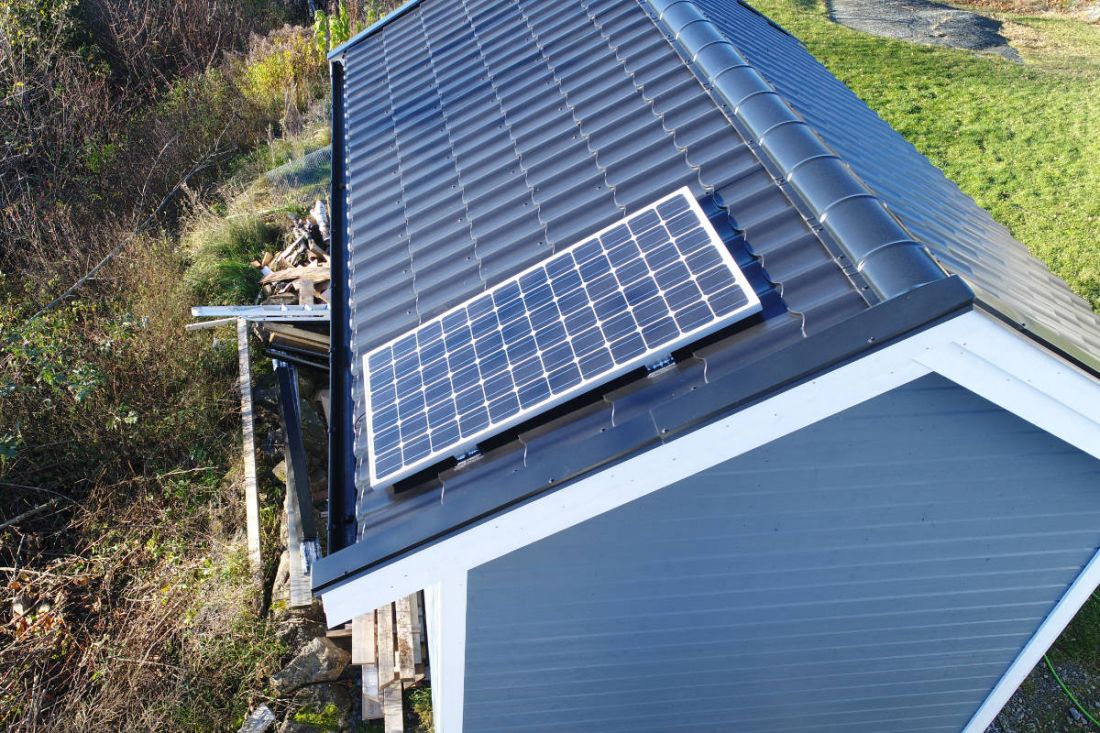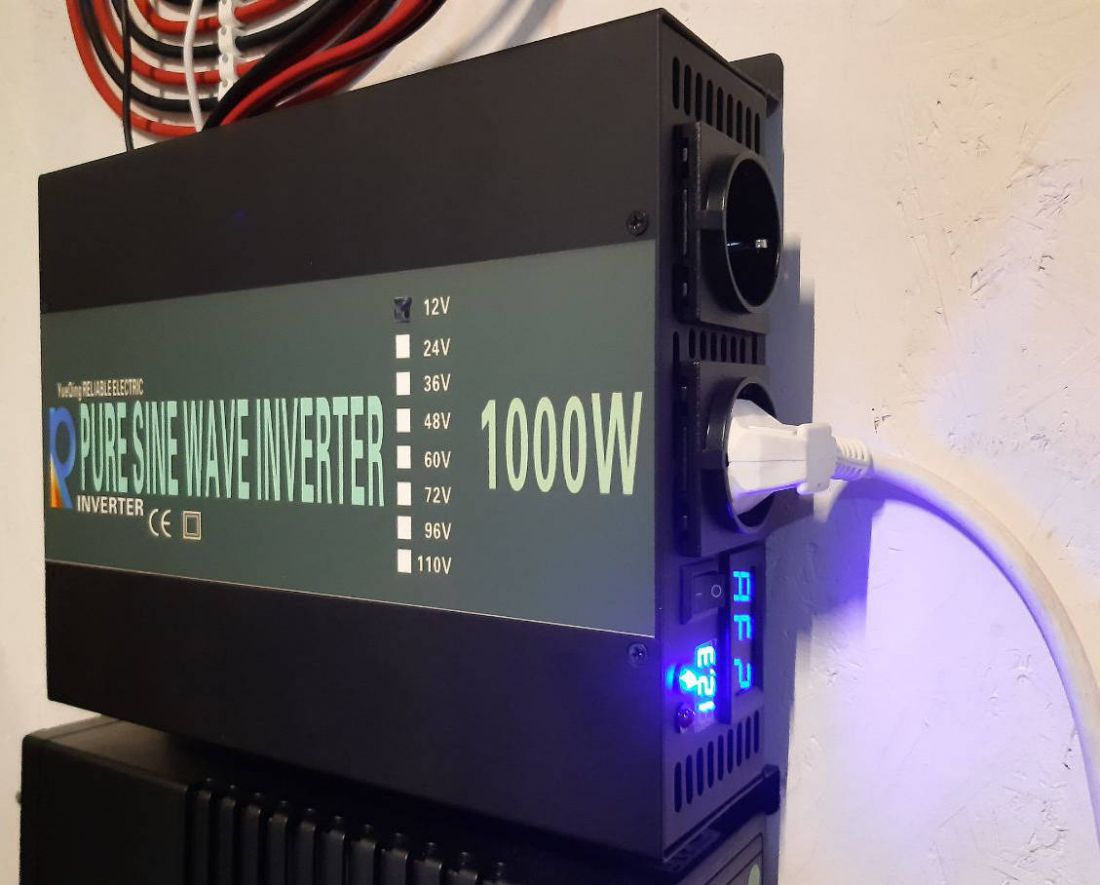Solar power your shed or cabin, but avoid this mistake
The idea of being off-grid, creating your own electricity, is appealing. And solar powering your shed is a great place to begin. However, there is one costly mistake you should avoid from the beginning.

Solar powering my shed was not my first solar project. I had already installed a solar panel on our RV and built a solar-powered chicken coop opener. The design of the solar power system on the shed was supposed to be similar to the setup on the camper, just scaled up a little bit. While the RV had a 160W panel, a 10A charge controller and a 90Ah lead-acid battery, the panel on the shed was 200W with a 30A controller and a 120Ah lead-acid battery. Both were designed as 12V systems.
This worked out very fine in the beginning. I hooked up 12V LED lighting inside the shed, connected to the charger controller load, and later connected a 12V ventilator for fresh air supply.
The shed turned out pretty well, and I spent more and more time there. I didn't take long before I hooked up a (supposedly) pure-sine 300W inverter, to be able to connect few AC devices as well. Well, the amount of AC devices outgrew the inverter, so I ordered a new pure-sine (this time, the sine was pretty pure actually) inverter rated for 1000W.

That was the moment I later realized I had painted myself into a corner.
12V is perfect - or is it?
I never thought to go 12V would be any problem. After all, it worked very well for the chicken coop opener. Well, the chicken coop opener has one, very specific application, and that is to open and close the chicken coop door. What can go wrong?
The 12V solar setup on the camper had worked flawlessly for weeks with continuous off-grid travel, why should it be any different in a shed?
What I didn't foresee, was how different a shed would be used, compared to the camper. You see, the camper was already hooked up with 12V appliances; lighting, water pumps, heating fan, USB chargers (12V to 5V DC), etc. And only occasionally we would need to hook up a small inverter to run a hand mixer for a few seconds or charge a laptop.
In the shed, on the other hand, I ended up adding more and more permanent AC devices, increasing the need for a more powerful inverter.
In hindsight, I wish I ordered a DC 24V to AC 240V inverter, instead of the 12V DC inverter I now had. The thing with 12V is that it draws more current than if your devices used 24V, causing more heat to develop increasing the need for thicker cables.
How to build a 24V system without losing the benefits of 12V
My thoughts, in the beginning, was that I would run the most important stuff, like lighting, on 12V. And the few things I needed on AC, I would run through a 12V to 240V DC to AC inverter. In addition, I only planned to use one 12V lead-acid battery, and in that case, 12V would be the only option anyway.
However, I ended up buying another 120Ah lead-acid battery, since it turned out that you can only use a fraction of the capacity of a lead-acid battery before the voltage gets too low (and if you keep using it, you'll end up damaging it). Today, these two batteries are connected in parallel.
If I would create a setup from scratch today, I would do the following:
- Buy the same solar panel, batteries and charge controller (which switches automatically over to 24V if connected that way), but switch to a 24V inverter instead of the 12V.
- Purchase a 24V to 12V DC converter, like for instance the Victron Orion-Tr 24/12-30, and connect on the load output of the charge controller. Then connect the 12V stuff in the shed (except the inverter) to the output of the DC voltage converter.
- Connect the two batteries in series and then connect it to the battery port of the charge controller. The solar charge controller will automatically detect that the voltage is 24V (nominal, so actually between around 18V and 28V).
The 24V inverter would be connected directly to the battery bank, because, at max load, the current would still (on 24V vs 12V) be pretty high.
Another point is that with the 12V setup, I would max out at 2 x 200W panels (giving about 18 Amp and 99V in series). Using a 24V setup, I would be able to add yet another panel, 3 panels in total, giving me up to 600W instead of 400W (27 Amp and 50V, vs. 53 Amp and 50V on a 12V system).
Use our visual solar charge controller calculator to do other calculations like this.
